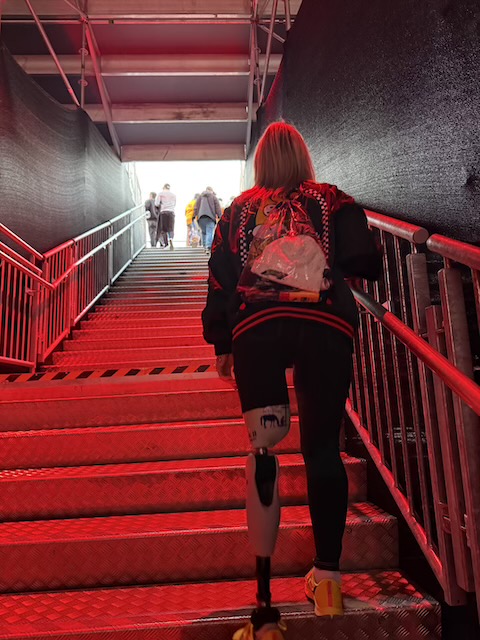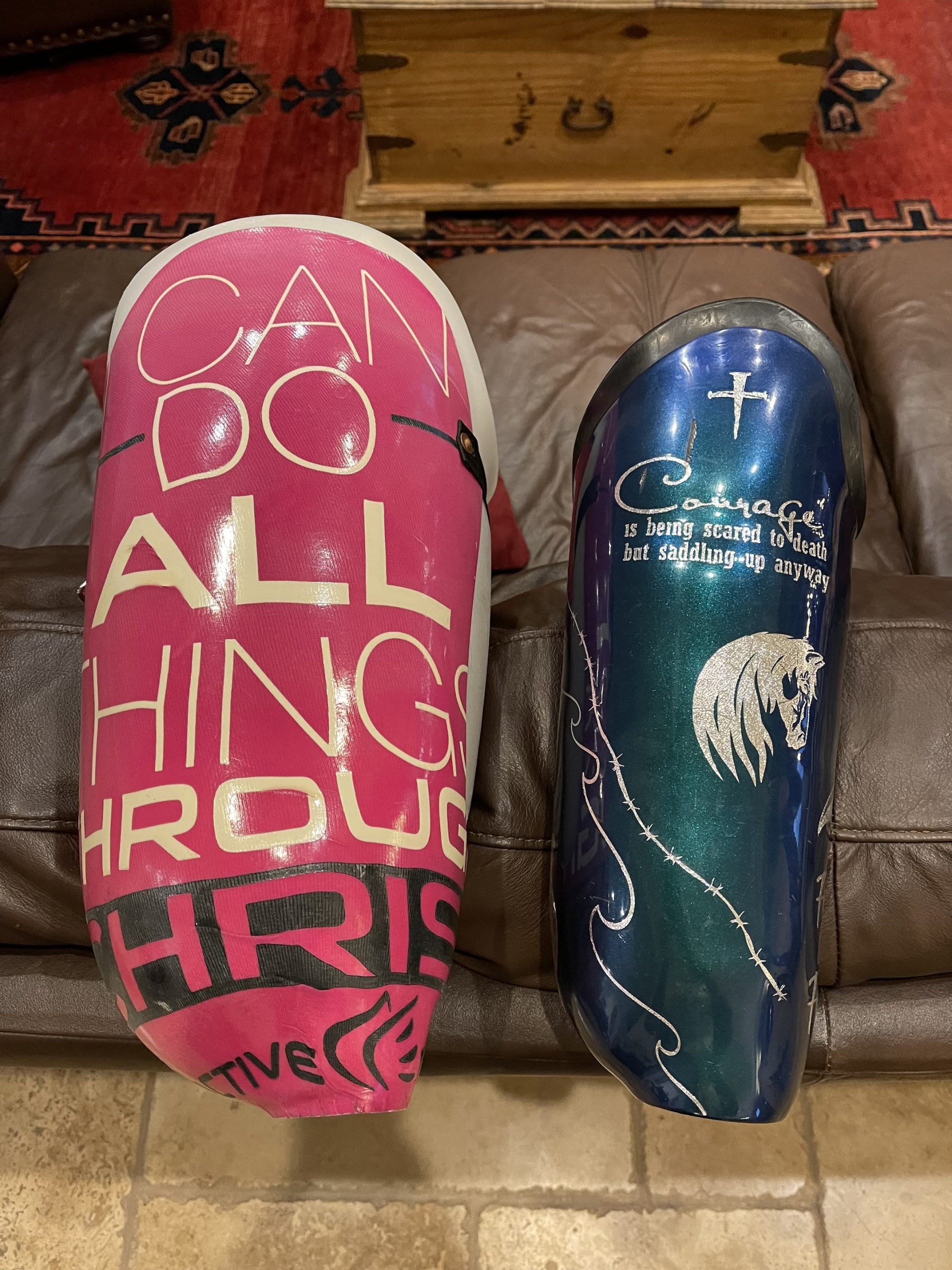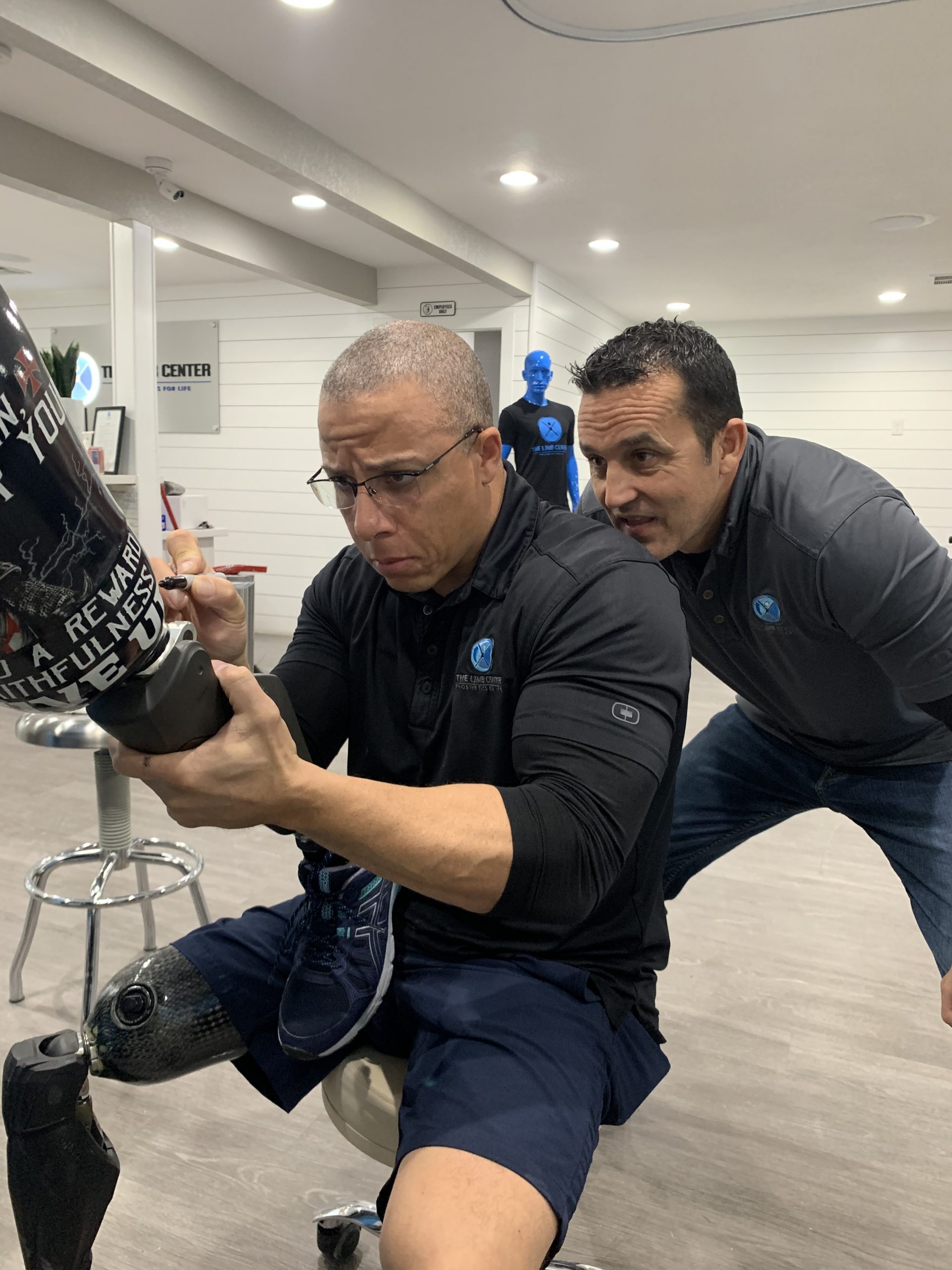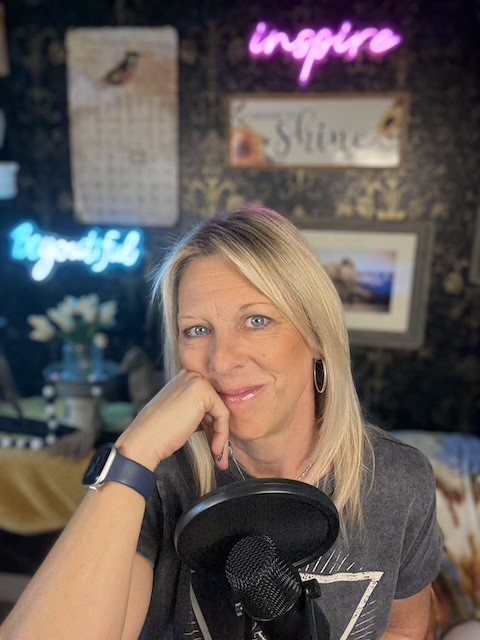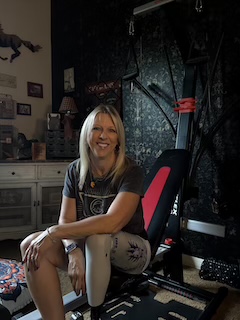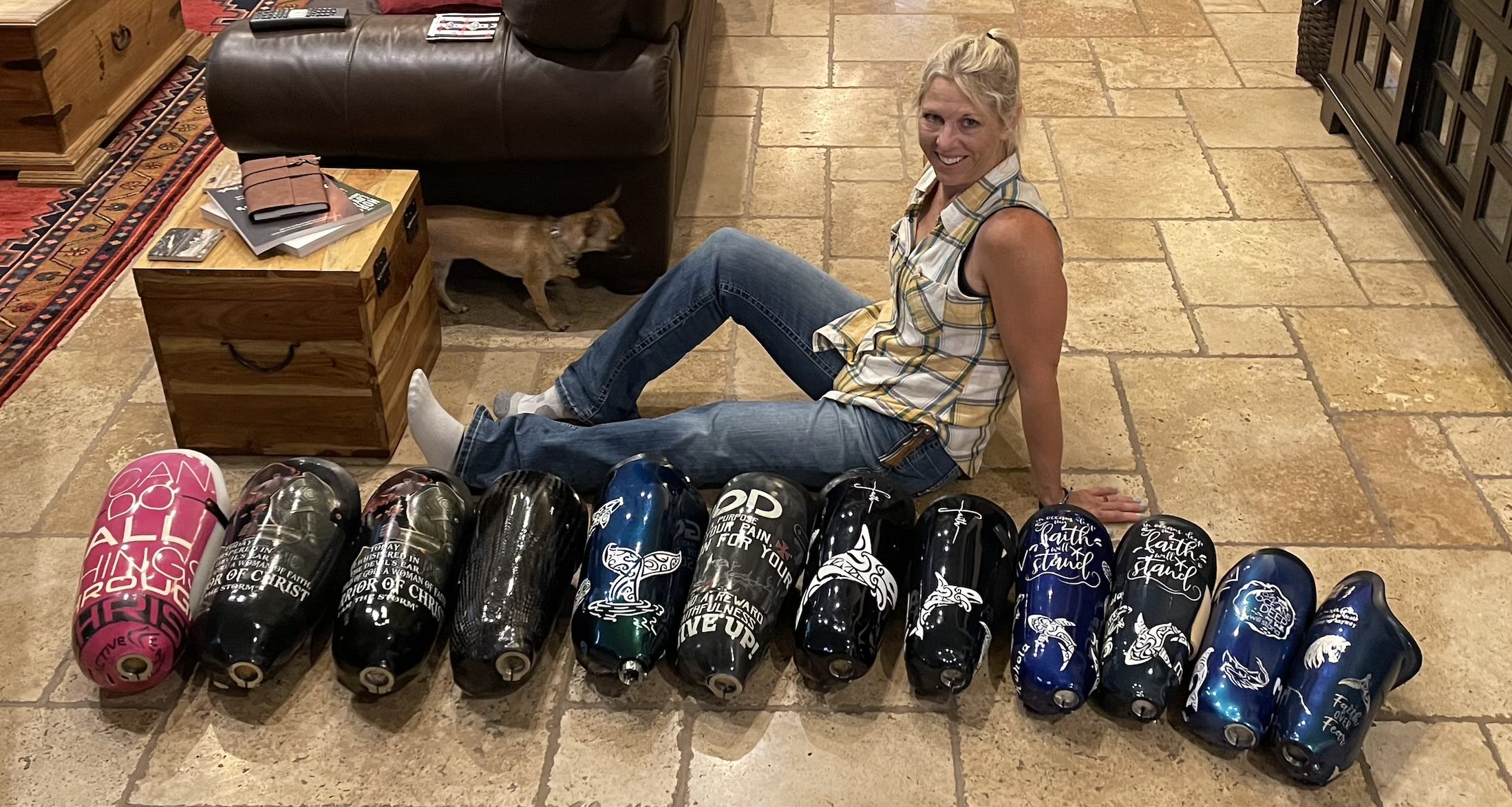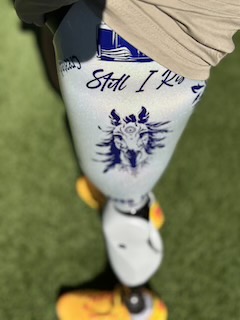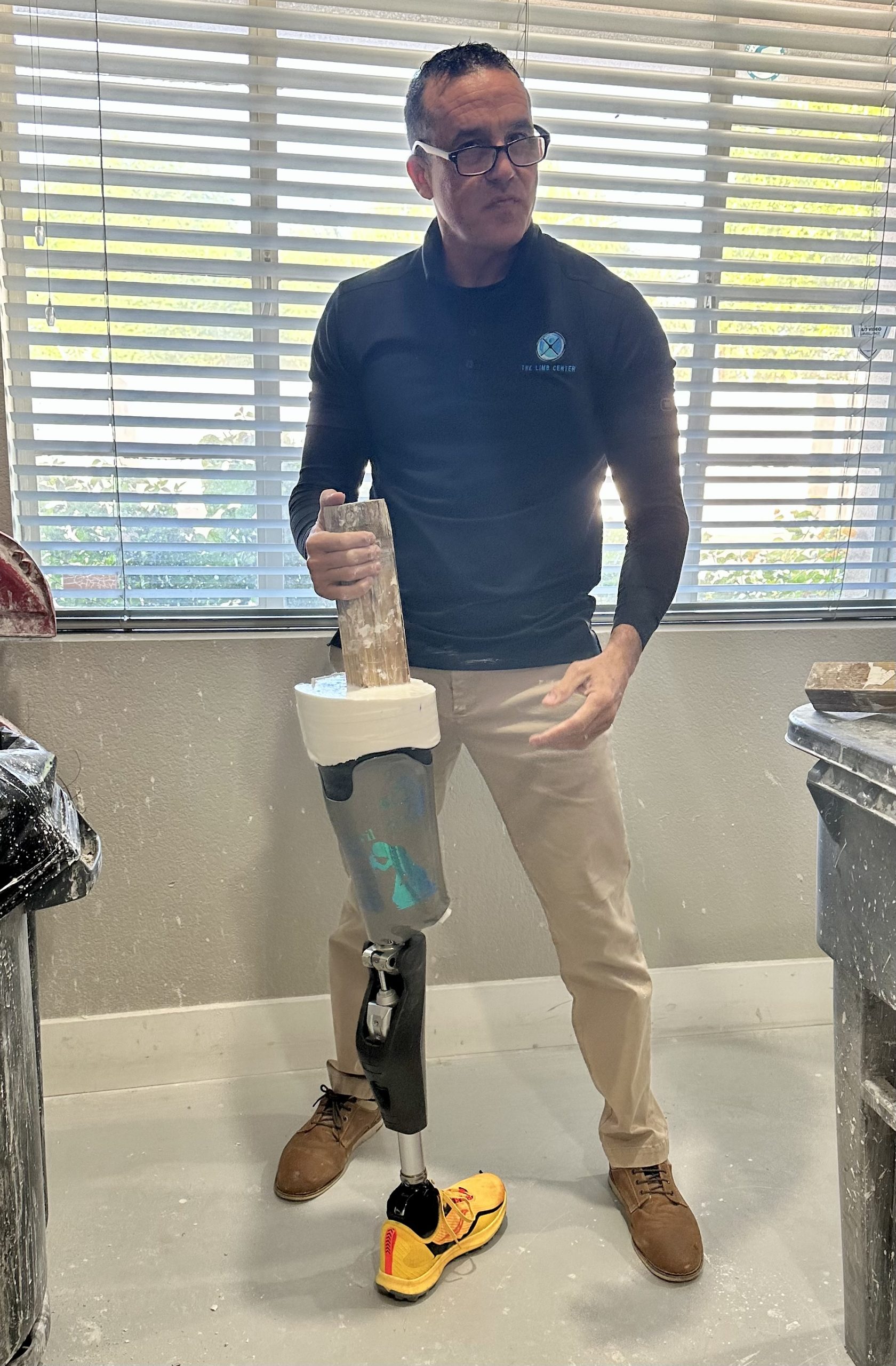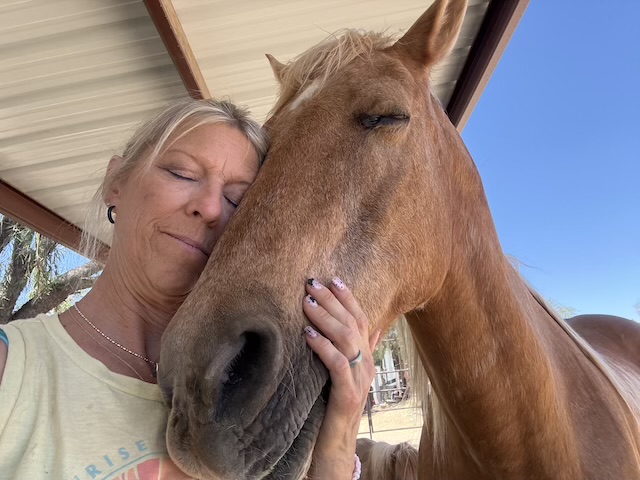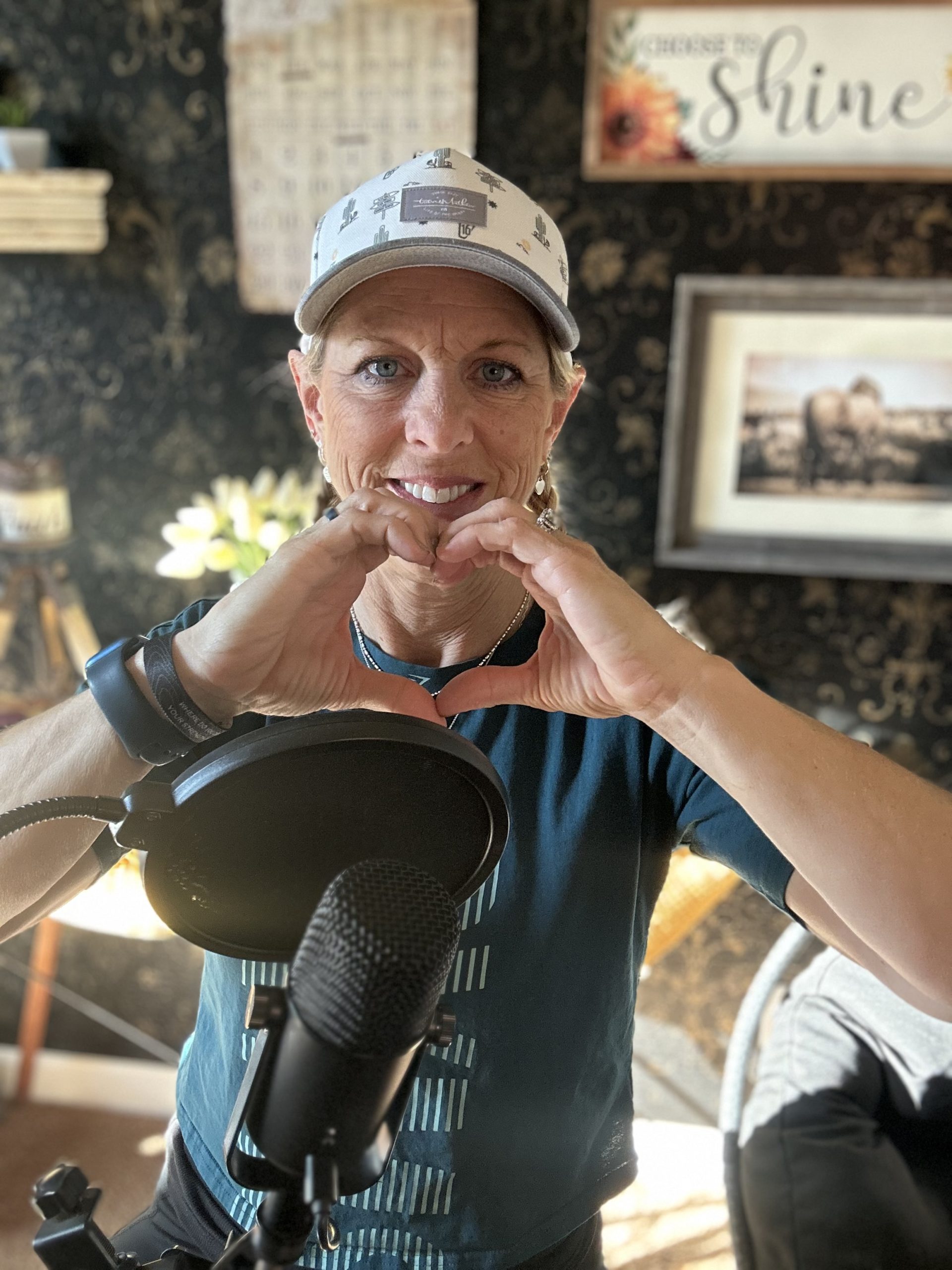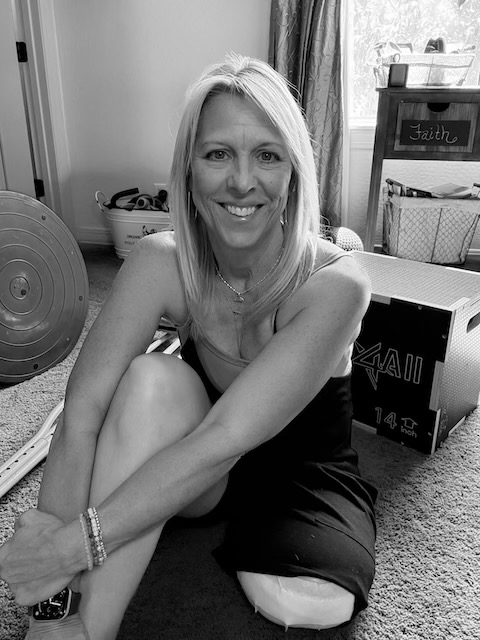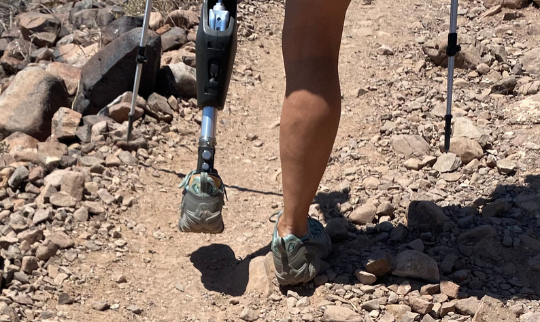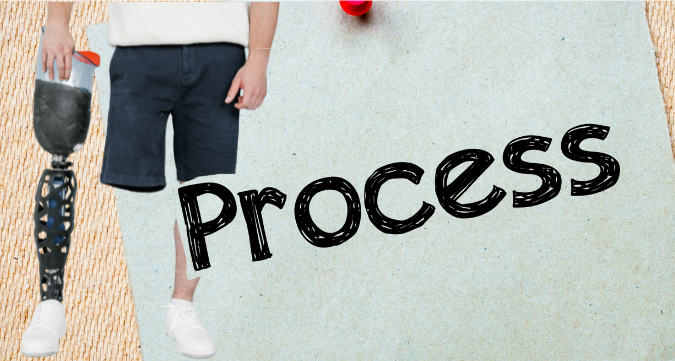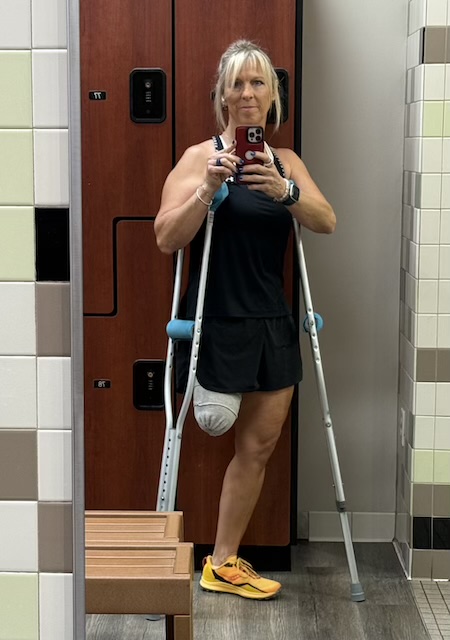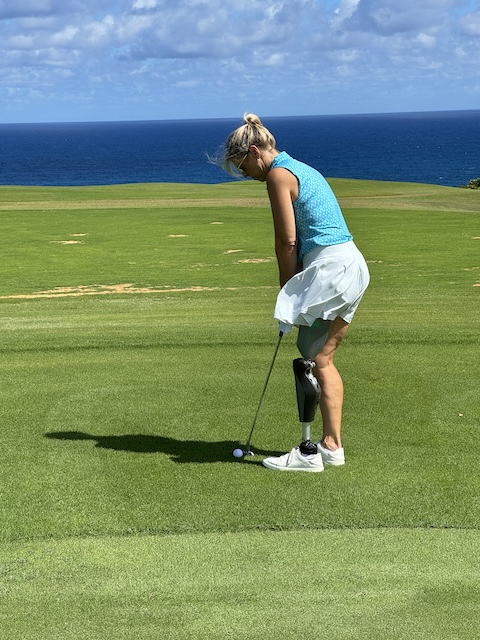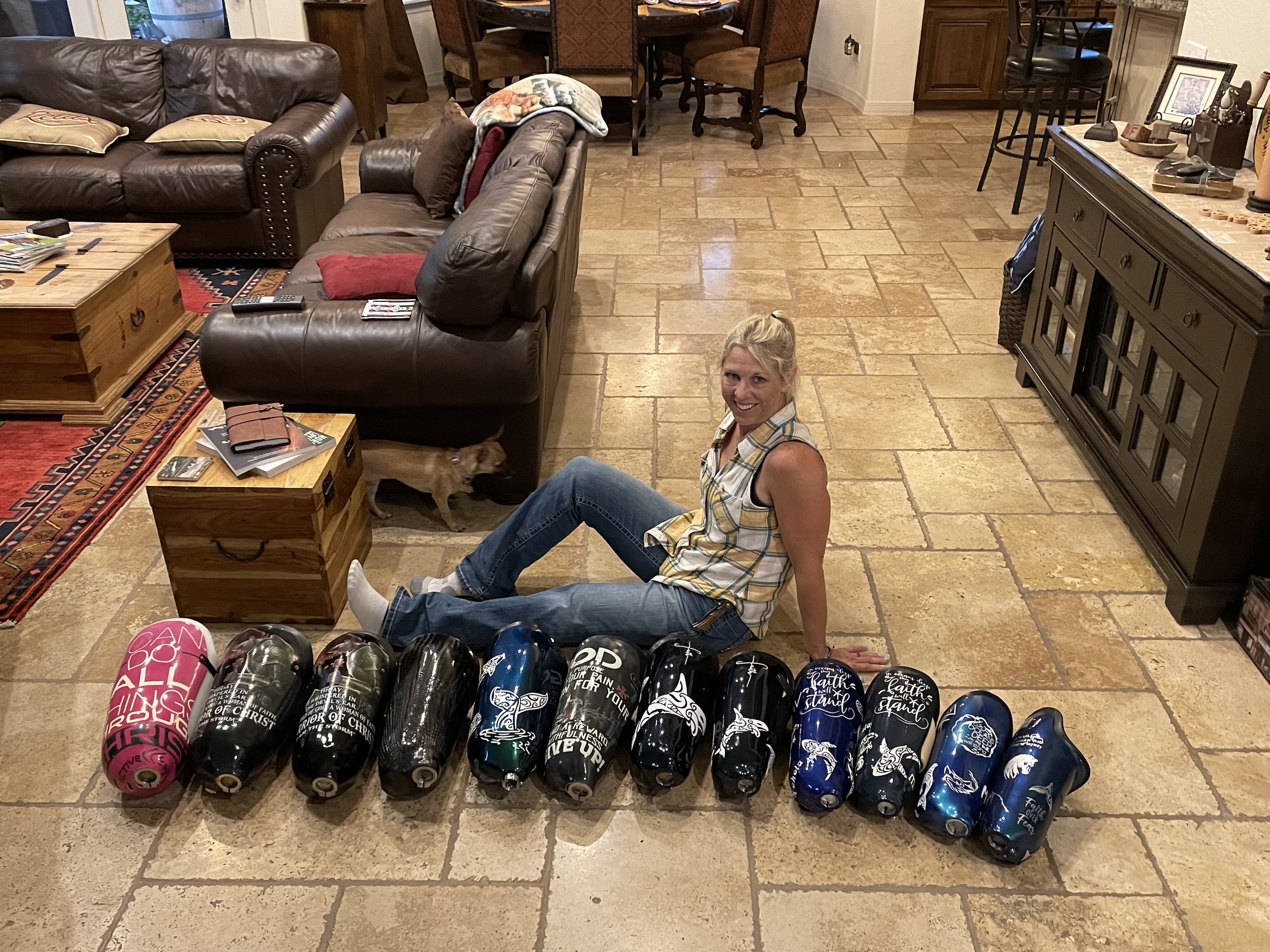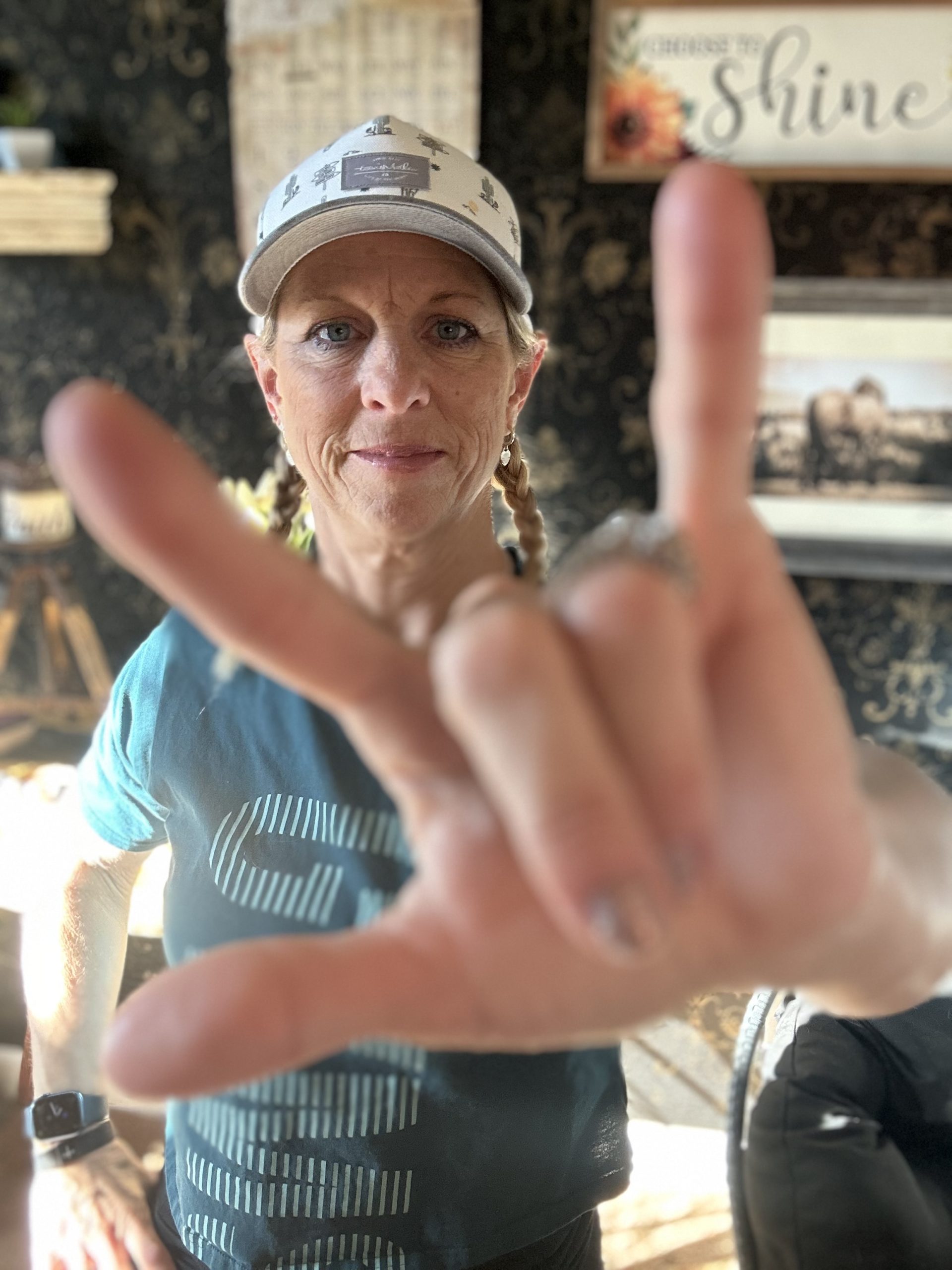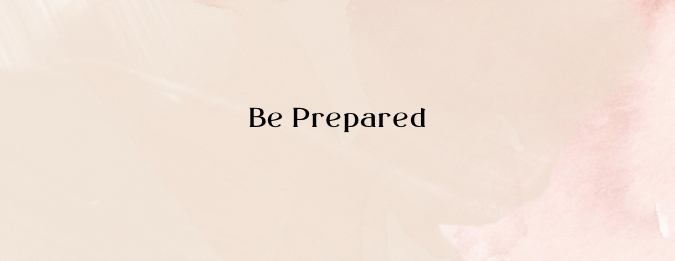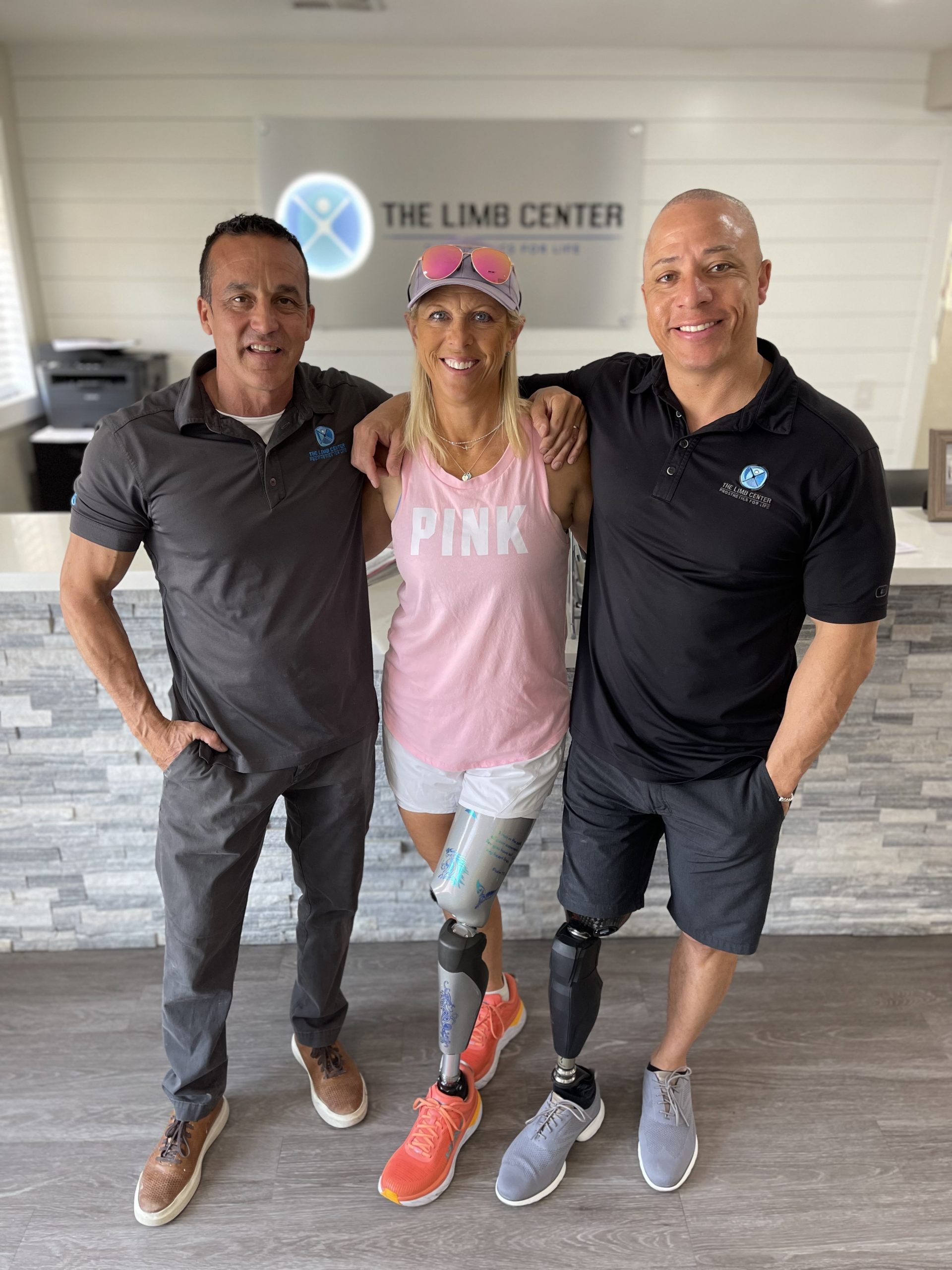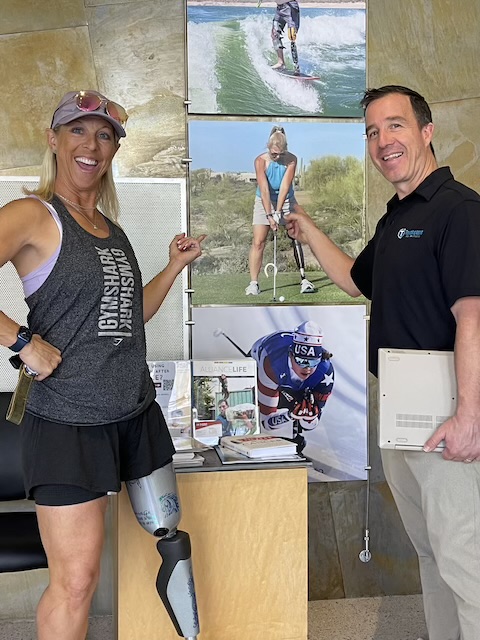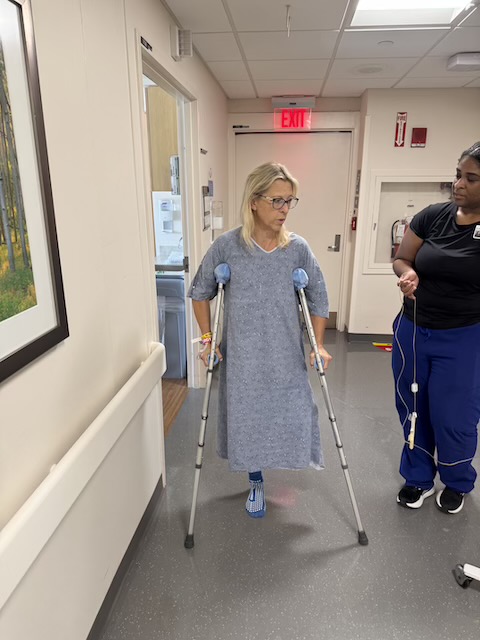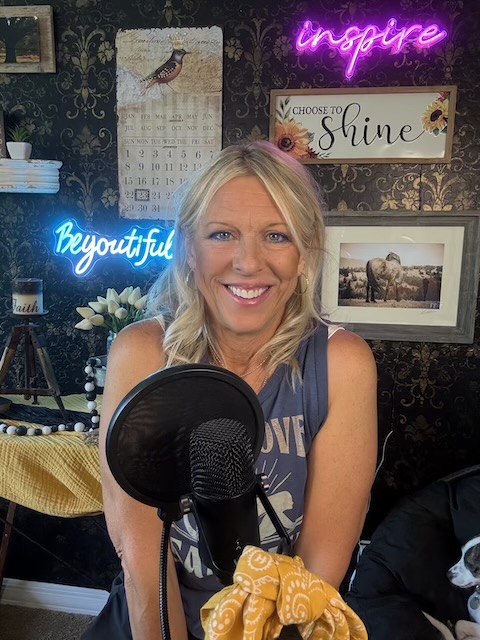The Priceless Gift of Mobility
Podcast: Play in new window | Download (Duration: 22:46 — 24.8MB)
Subscribe: Apple Podcasts | RSS | More
Helping Those in Need

December is finally here, and with it comes the beautiful chaos of the holiday season. In my house, it’s full-blown hysteria—parties, travel, gifts, deadlines, and the constant juggling act that December always brings. But this particular week holds special meaning because it’s Giving Tuesday, and today’s episode carries a message that sits deeply in my heart: the power, privilege, and pricelessness of mobility.
If you’re listening for the first time, I’m an above-knee amputee. My amputation took place in December of 2018 after a five-year stretch of pain, surgeries, limited mobility, and a profound loss of the life I once lived. Back in 2013, a taekwondo injury started a domino effect of setbacks—ten surgeries with ten different surgeons, countless appointments, and a knee that eventually functioned at only a twenty-degree range of motion. I couldn’t bend my leg normally, and I couldn’t straighten it either. Each step felt like walking on different-length legs, which wrecked my back, my neck, and my spirit.
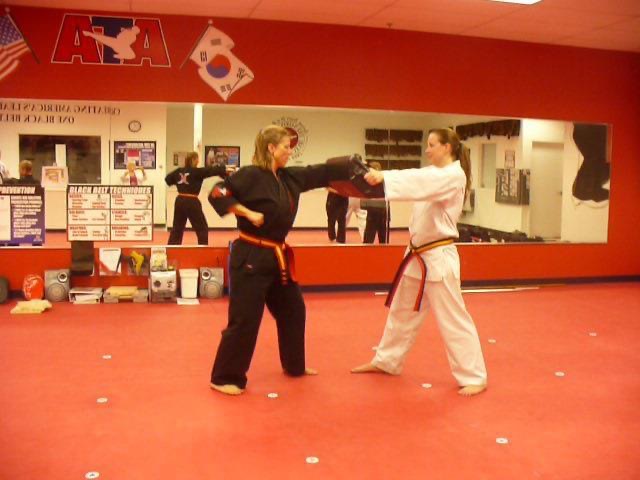
Me, pre-amputation in TaeKwonDo
For five and a half years, I listened to doctors tell me to slow down, ice, elevate, rest, repeat—and none of it worked. Some doctors refused to even see me because my case was too complicated. Some barely looked at me during appointments. One told me that if I amputated, I’d never walk again. I was stuck, physically and emotionally, and I spent so many days crying in the shower, wondering how my entire life had been derailed. I missed out on years of skiing with my young boys. I gained sixty pounds. I feared I might never live actively again.

Getting back to skiing with my family was life changing!
Choosing amputation was my turning point. It was choosing life over fear. And once I connected with my prosthetist team and physical therapists, that hope grew into freedom. They guided me before and after surgery, walked me through what to expect, taught me patience, and helped me understand that amputees go through years of limb changes. In fact, it took me over three years and sixteen sockets before I finally had one that fit consistently. But each step, each adjustment, each hard moment, was worth every ounce of effort.
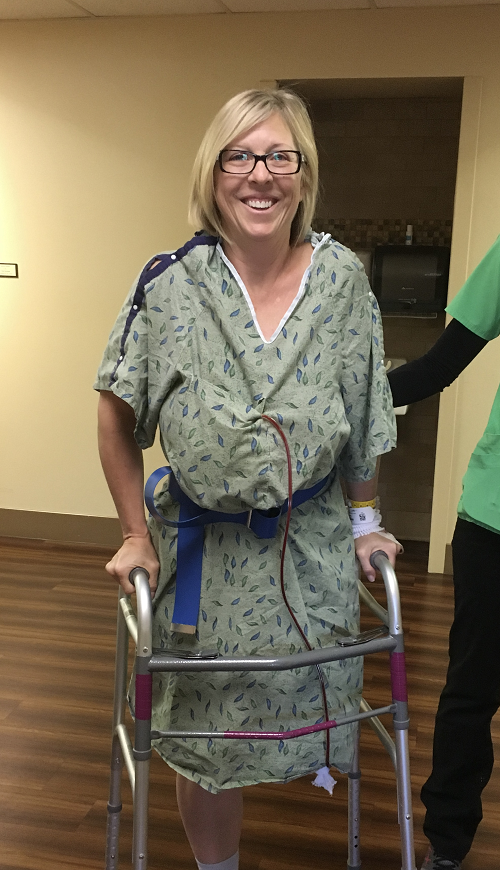
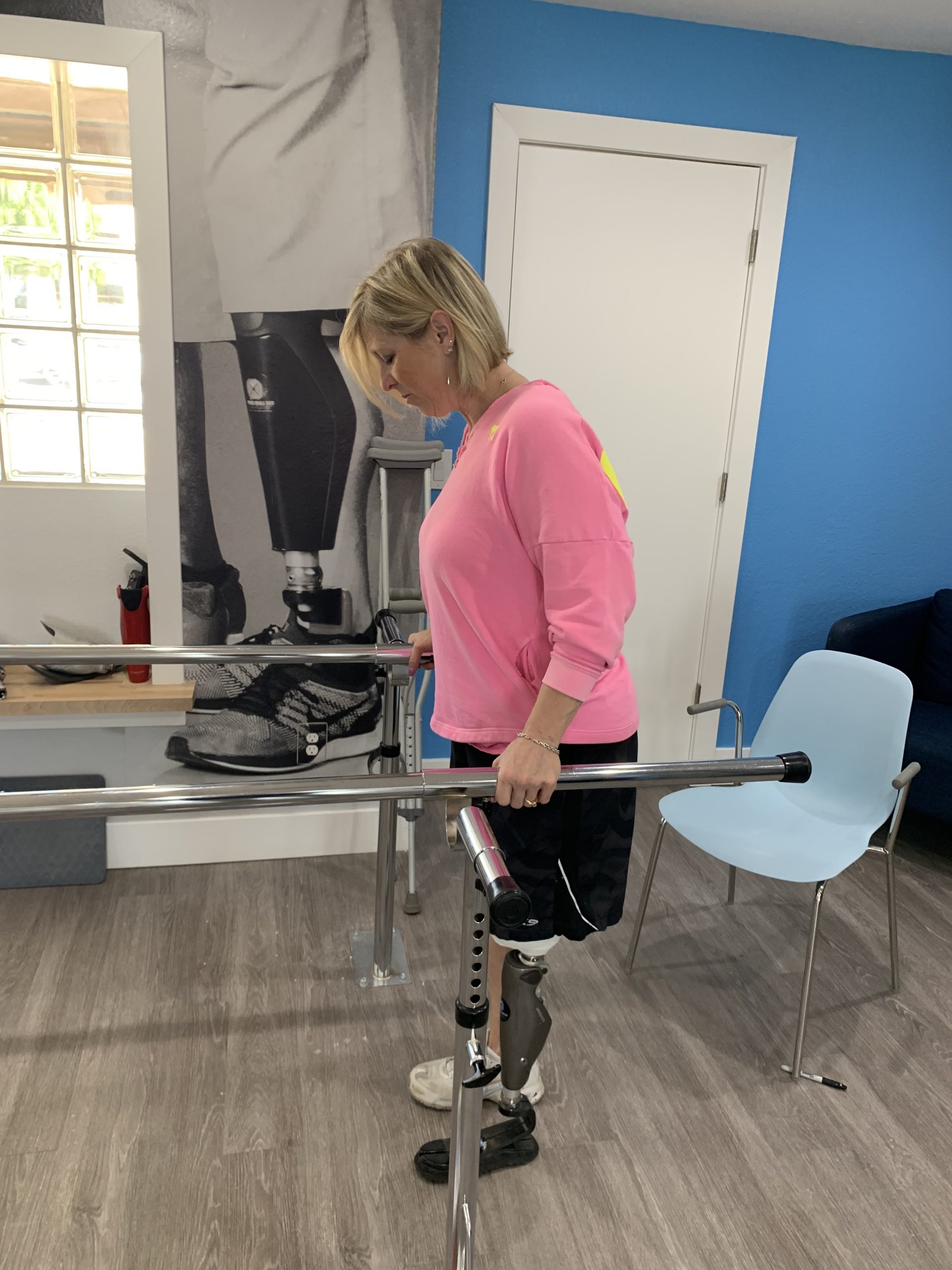
My 1st check socket!
The first time I stood and walked on my prosthetic, everything changed for me. Mobility wasn’t just movement—it was identity, joy, independence, and belonging. My life wasn’t over. It was just beginning in a different form.
And that brings me to why this episode matters so much.
I’m on the board of Limbs for Humanity, a nonprofit founded by my two prosthetists who felt called to bring mobility to underserved communities—places with no prosthetic care and people who cannot afford the basic devices required to walk. They partner with the medical clinic in Rocky Point, Mexico, a place without any prosthetic specialists, and every time they go, 40–60 amputees show up—many who have crutched miles just to be seen.
This December, they’re returning to Rocky Point with 53 prosthetic legs, ready to restore mobility to 49 individuals, including bilateral amputees and several children. Most of these legs require expensive components: knees, ankles, feet—parts that often cost tens of thousands of dollars. My own prosthetic runs between $60,000 and $75,000. But these men give their time, skills, and hearts to fabricate sockets, assemble devices, fit patients, and teach them to walk again.
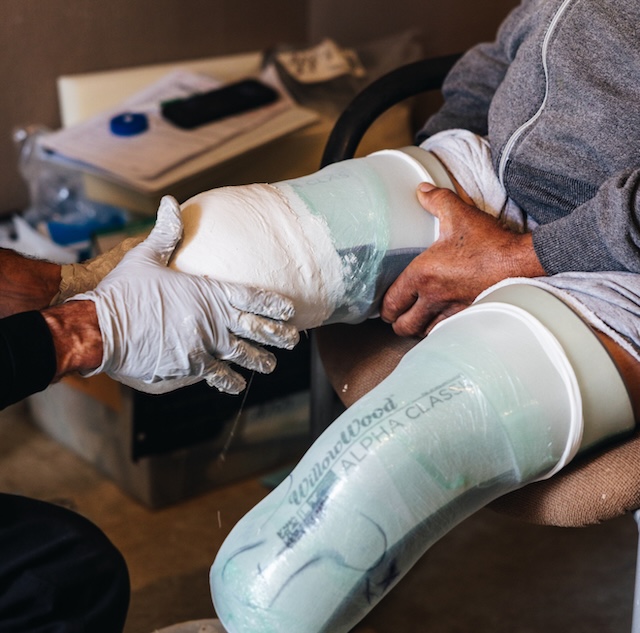
A special individual getting fitted for their new sockets- Bi-lateral amputee
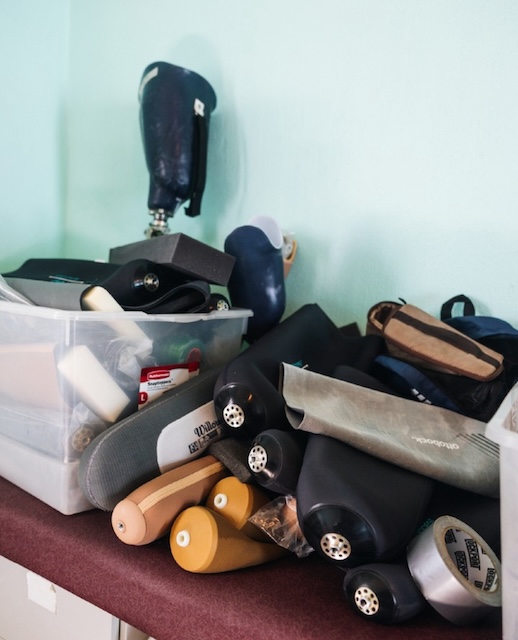
The many parts Limbs For Humanity use and are in need of to service all of their patients
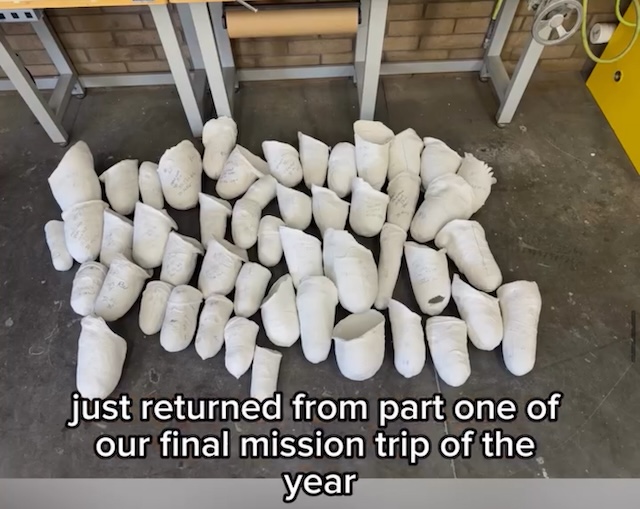
That’s a lot of socket casts! These are brought home to create the sockets for each individual
Each socket takes 4–5 hours to create, and every leg is custom. And these individuals aren’t seeking mobility for recreation or convenience—they want to walk so they can work, provide for their families, and reclaim their dignity.
This is the priceless gift of mobility.
And this year, Limbs for Humanity is facing a $50,000 deficit as they prepare for their December trip. They need financial donations, corporate matches, monthly donors, and sponsors willing to give the gift that can change a life forever. But financial support isn’t the only need. They also accept:
- Donated prosthetic parts (knees, feet, ankles, liners)
- Volunteer time
- Physical therapists willing to join trips
- Students in biomedical or engineering fields
- Anyone who wants to serve hands-on
For children especially, the need is ongoing. Kids who lose limbs not only experience limb changes from surgery—they continue to grow. That means new sockets again and again, sometimes every few months. Mobility for these kids is more than convenience—it’s childhood itself. Running, playing, participating, belonging.
This Giving Tuesday, I’m asking from the bottom of my heart: please help. Whether it’s financial, material, or volunteering, every bit matters. You can visit limbsforhumanity.org, donate, offer your skills, or simply reach out and ask how you can serve. The waitlist grows constantly. The need never stops.
If you’ve been blessed this year, consider blessing someone else in the most profound, tangible way possible. Someone out there is praying for the chance to walk, to work, to feel whole again. You can be part of answering that prayer.
And if you’re listening today while navigating your own holiday emotions—if you’re missing someone, grieving something, or carrying heaviness—please know that I see you. The holidays are beautiful, but they’re not easy for everyone. My prayers are with you, and I hope you feel surrounded by light, comfort, and peace in whatever way you celebrate.
As we close out this episode, I invite you to join me in making dreams come true for 49 individuals waiting for mobility this December. Let’s do something big, something meaningful, something life-changing.
Because mobility isn’t just movement—it’s freedom, dignity, purpose, and hope.
Until next time—and as always—
Be Healthy,
Be Happy,
Be YOU!!
Much love,



